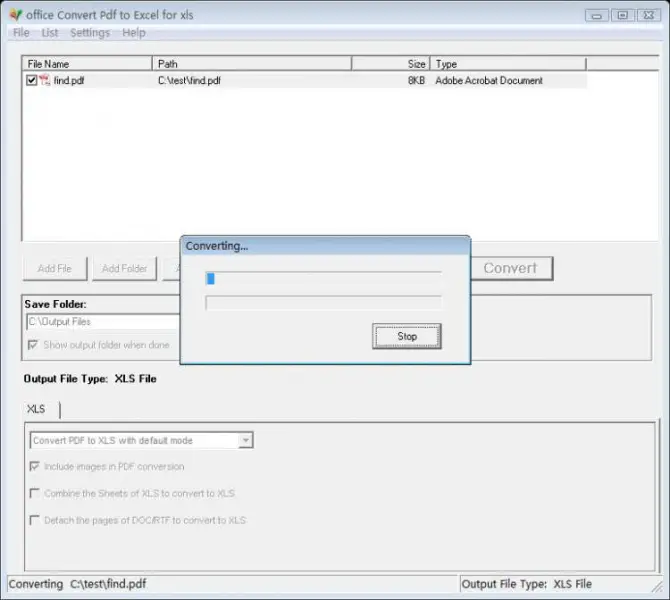


Your CSV data automatically arrives in your Parserr email inbox. Test your parsing rules with sample emails.Select CSV as your output format and save your parsing rules.Choose the type of data you want from each PDF type (names, phone numbers, zip codes, and order numbers).For example, set one rule for invoices, another for leads, and so on. Create a parsing rule to capture each incoming PDF attachment.Set up your Parserr email address to hold your parsed CSV data.If you handle lots of PDF data in your business, Parserr can quickly and automatically extract multiple PDFs to CSV files. Quickly Extract Multiple PDFs to CSV Files with ParserrĬSV files are easy to parse: they are plain text files that can carry vast amounts of data in small file sizes. If you want to know how to convert PDF text table data to CSV without the manual steps above, use Parserr to export the data automatically and easily. In the “Save as” menu, select CSV, name your File, and save.Enter a space in “Find,” a comma (,) in “Replace with,” then click on “Replace all.”.

To edit your PDF data into comma-separated values, open the “Find and Replace” dialog box (CTRL+H).Select Google Docs to open the PDF file in plain text.Save your PDF document on Google Drive, then click on the file name for the “Open with” dialog box.Data imported from such files is arranged in cells of a spreadsheet for representation to user. Almost all spreadsheet applications such as Microsoft Excel or OpenOffice Calc can import CSV without much effort. Since all applications can recognize records separated by comma, import of such data files to database is done very conveniently. Such files are generated when data transfer is intended from one storage system to another. Each line in a CSV file is a new record from the set of records contained in the file. csv (Comma Separated Values) extension represent plain text files that contain records of data with comma separated values.


 0 kommentar(er)
0 kommentar(er)
